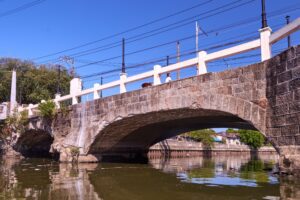
Zapote Bridge: A Timeless Landmark of Philippine History and Heritage
Nestled at the crossroads of Las Piñas in Metro Manila and Bacoor in Cavite, the Zapote Bridge stands as a silent yet powerful witness to
Binondo Chinatown, located in Manila, is renowned as the city’s historic Chinatown and is distinguished as the oldest Chinatown in the world. Established in 1594 by Spanish authorities, this district was strategically placed across the Pasig River from Intramuros to accommodate Catholic Chinese immigrants, allowing the colonial administration to closely monitor them.
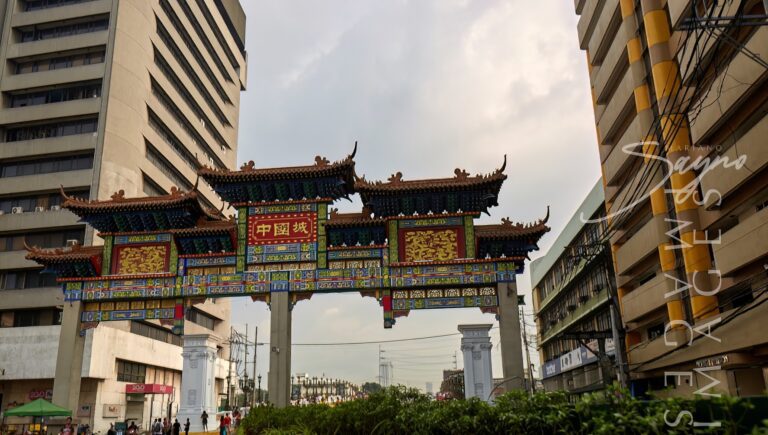
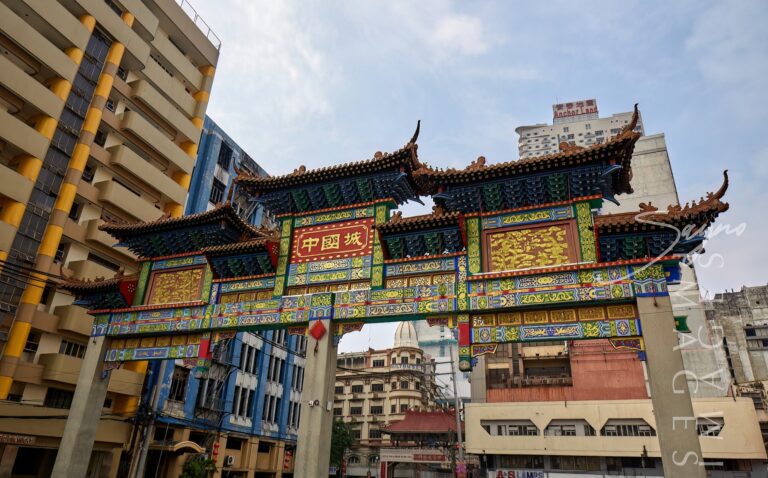
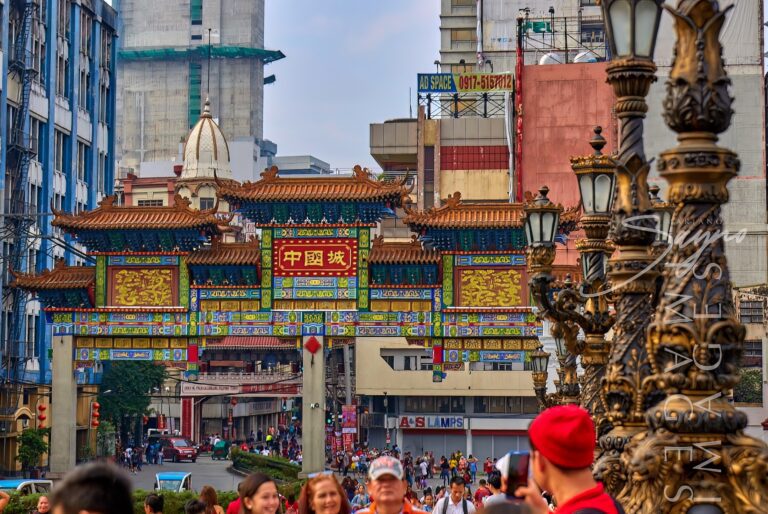
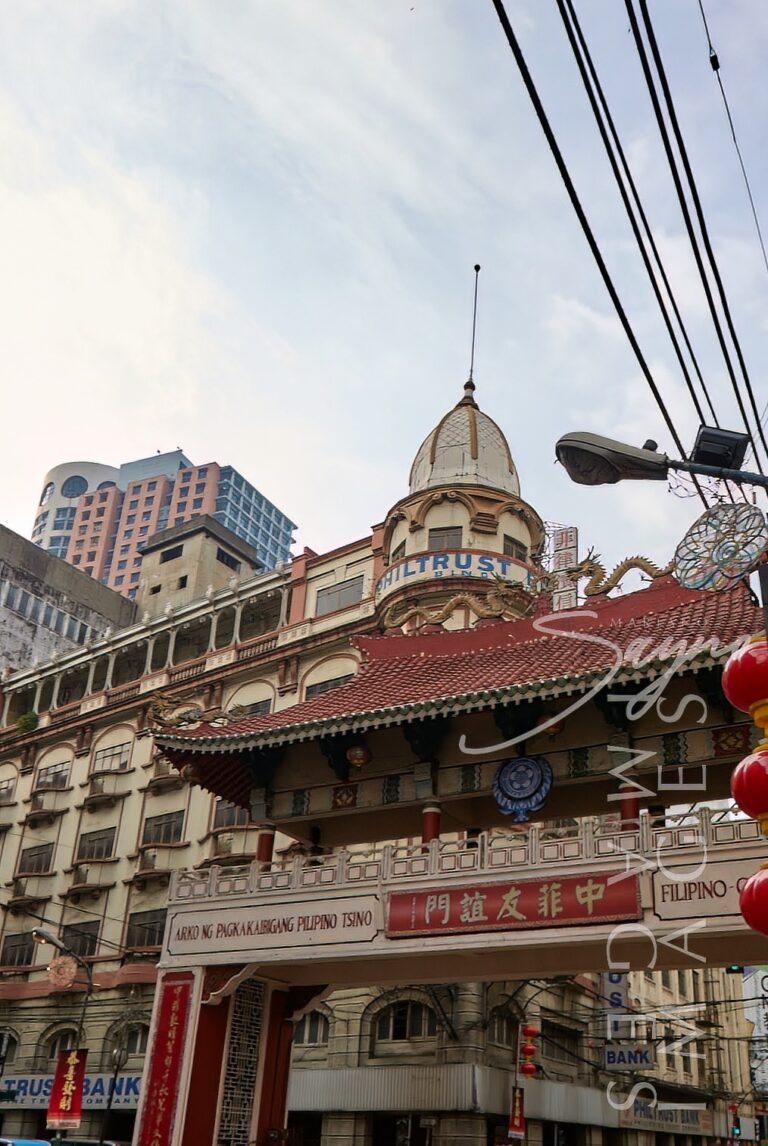
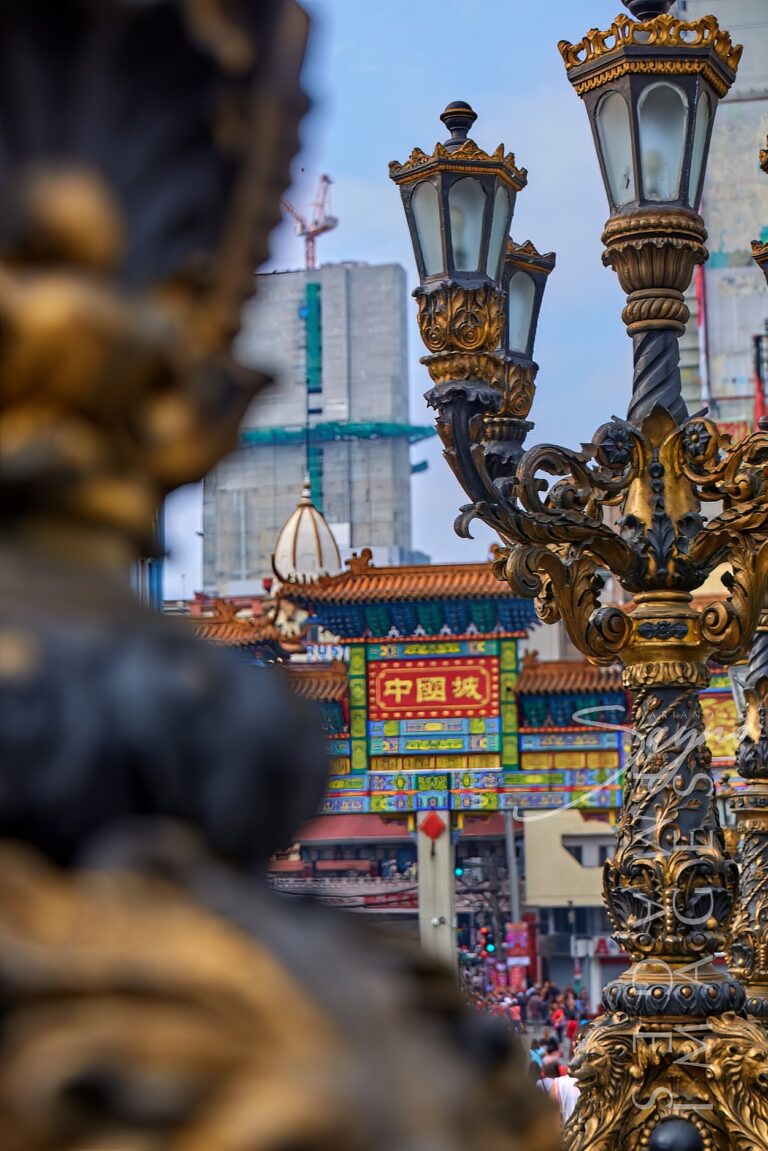
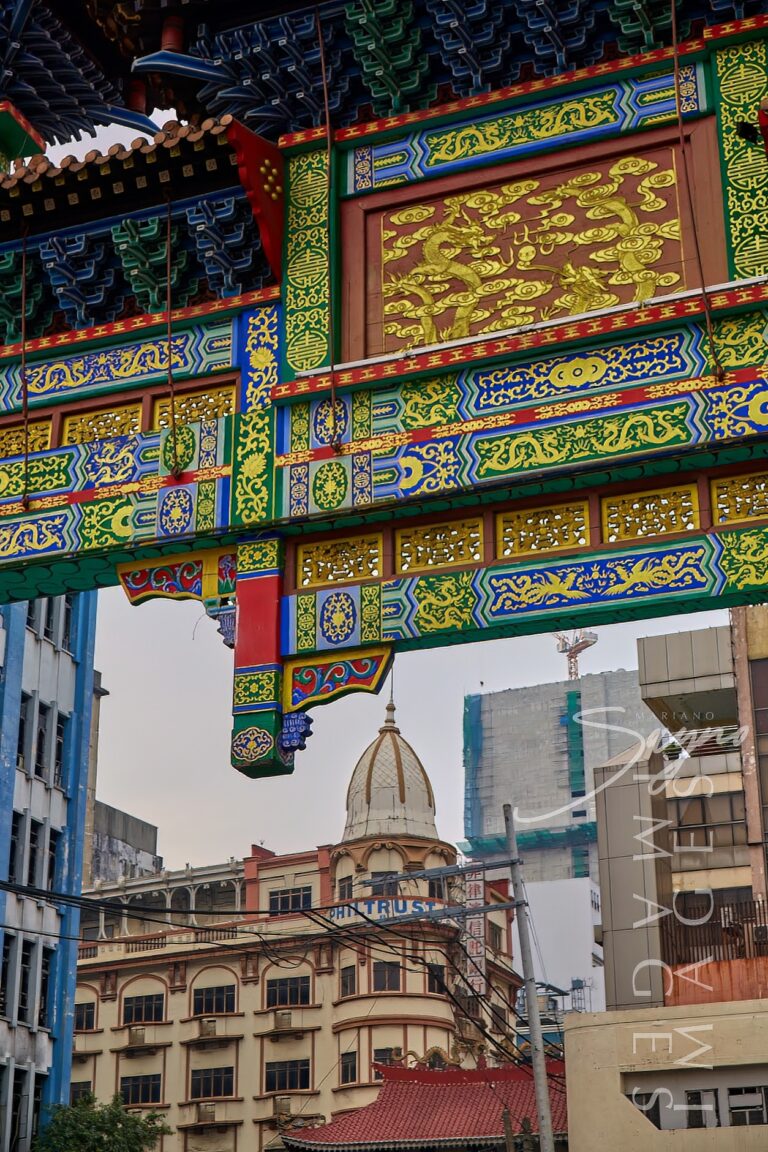
As the earliest settlement for Chinese migrants in the Philippines, Binondo quickly became a vital area for commerce and cultural exchange. It served as a bridge between the local Filipino population and the incoming Chinese traders and settlers, laying the foundation for the rich, multicultural tapestry that characterizes the district today.
The Spanish Dominican fathers were crucial in the development of Binondo. They established it as their parish and worked diligently to convert many of its residents to Catholicism. This religious transformation was pivotal in shaping the district’s character and in fostering a community of Chinese mestizos, who were the offspring of Chinese immigrants and indigenous Filipino women.
This conversion and intermarriage led to the formation of a unique cultural group within Binondo. Over the years, the mestizo population grew rapidly, contributing to the area’s development and integration into the broader social and economic fabric of Manila.
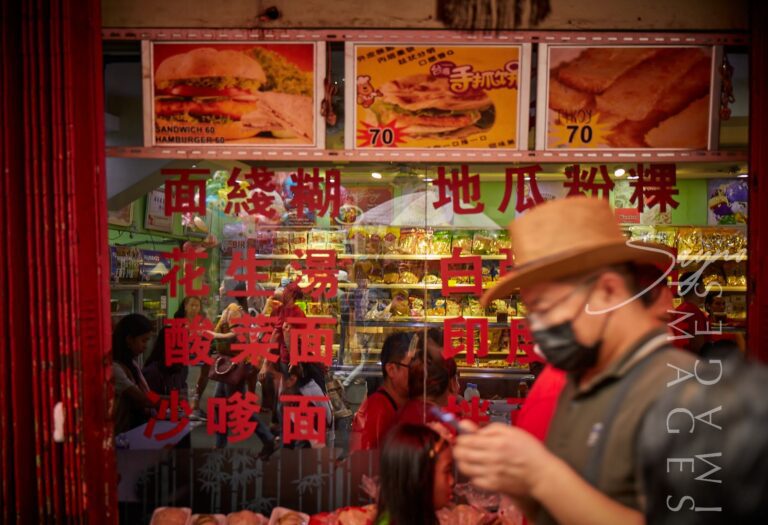
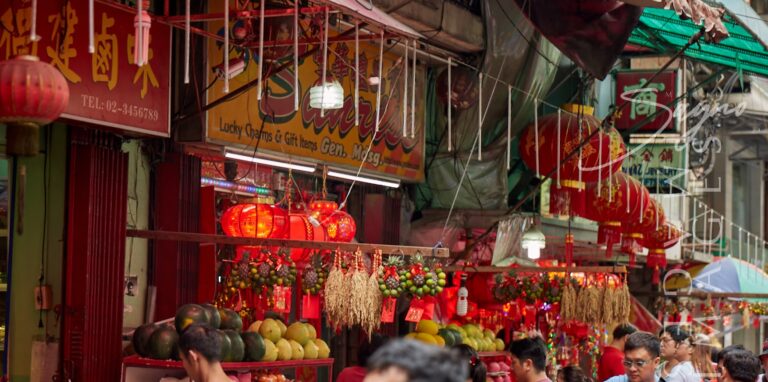
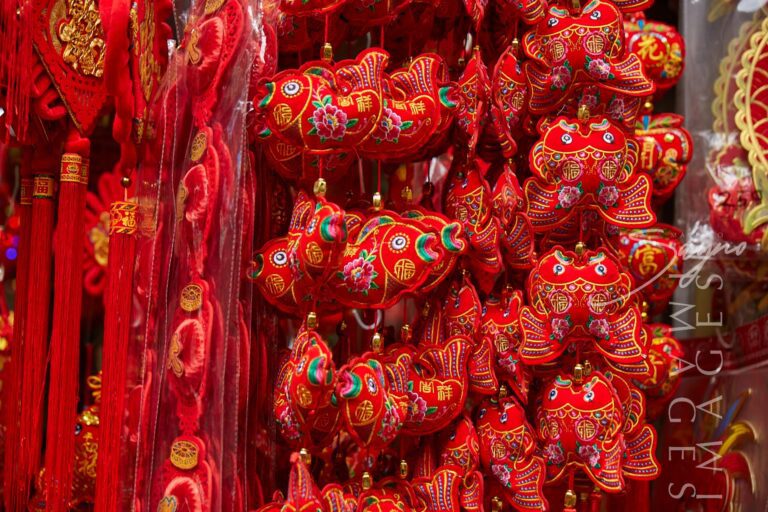
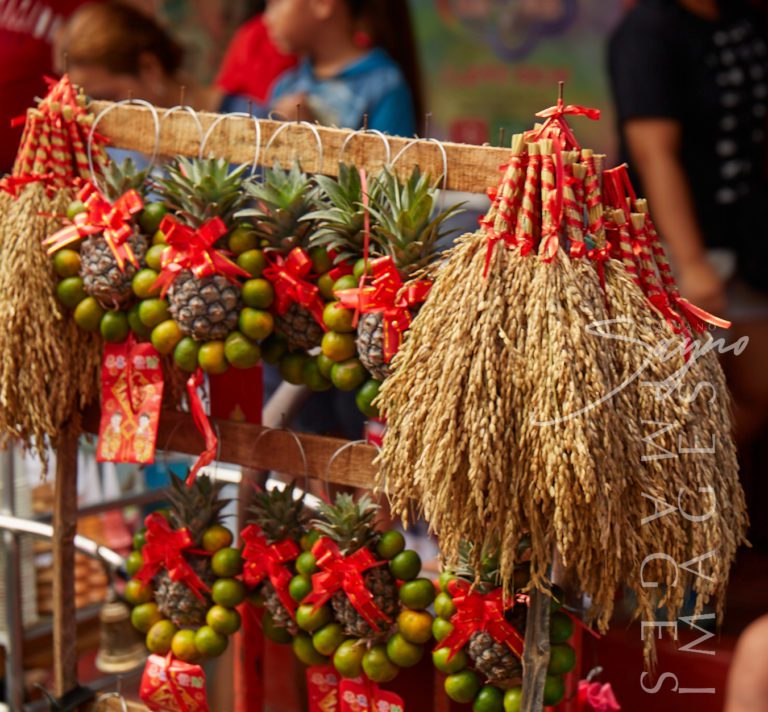
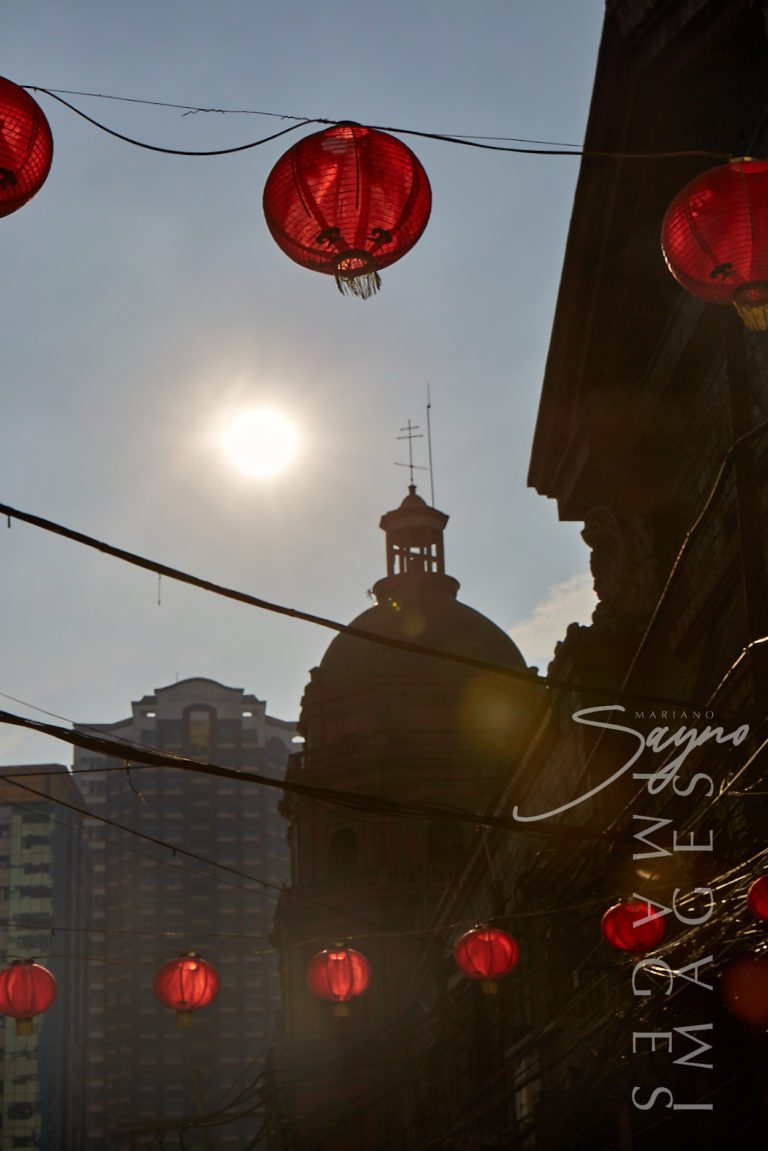
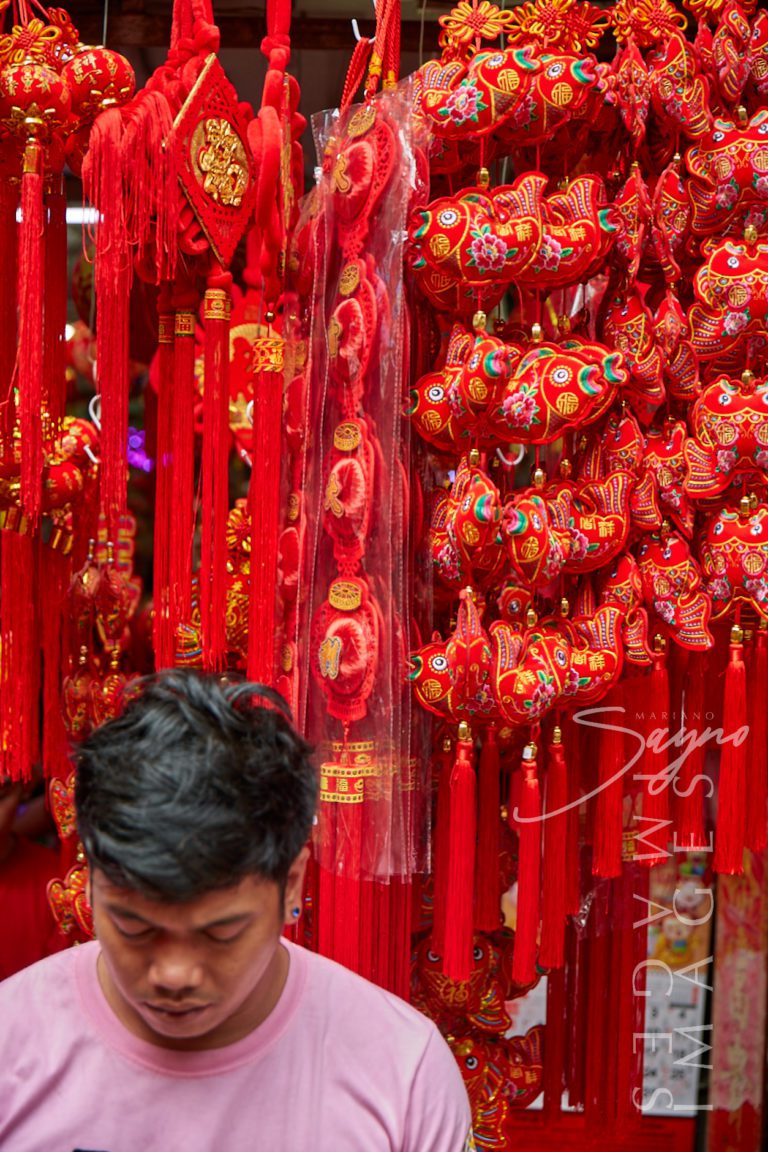
ABOVE: The Binondo Church, or Minor Basilica and National Shrine of Saint Lorenzo Ruiz, founded in 1596, was rebuilt in 1852 after being destroyed in 1762, and later damaged during World War II, leaving only its western façade and belfry intact.
ABOVE: The Binondo Church, or Minor Basilica and National Shrine of Saint Lorenzo Ruiz, founded in 1596, was rebuilt in 1852 after being destroyed in 1762, and later damaged during World War II, leaving only its western façade and belfry intact.
In 1603, Binondo experienced a significant upheaval with a Chinese revolt led by Juan Suntay, a wealthy Chinese Catholic. The uprising was a dramatic response to tensions and was quickly subdued by Spanish and Filipino forces under Luis Pérez Dasmariñas. This event resulted in the deaths of most of the 20,000 Chinese residents in the colony.
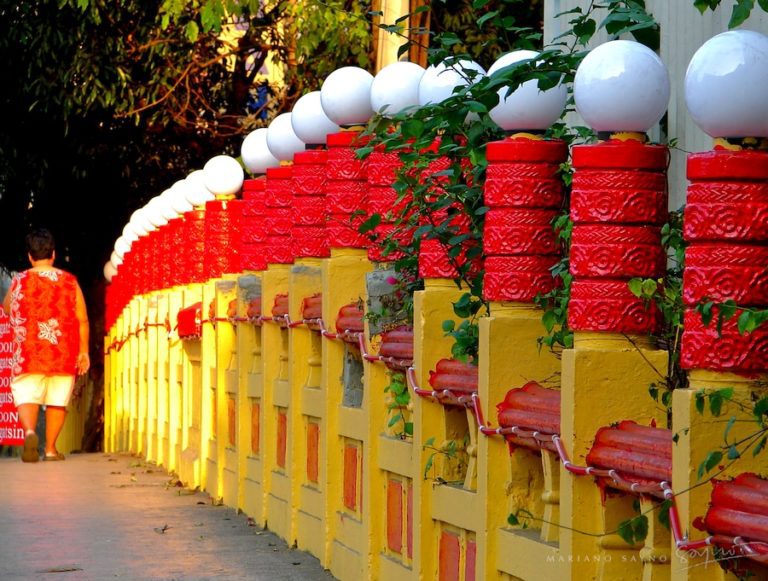
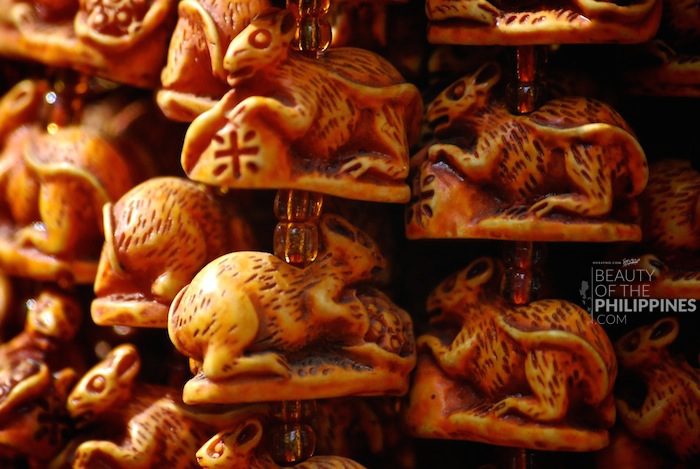
The revolt was precipitated by the arrival of three Chinese representatives who claimed to be searching for “a mountain of gold.” Their unusual report sparked fears among the Spanish authorities of an impending invasion from China, leading to the harsh suppression of the revolt.
During the British occupation of Manila from 1762 to 1764, Binondo suffered damage as the city was captured and subsequently occupied. Despite the destruction, Binondo managed to rebuild and reestablish itself as a central hub for business and finance in the region.
In the years following the occupation, Binondo continued to grow as a key economic center, serving the ethnic Chinese, Chinese mestizos, and Spanish Filipinos. The Spanish colonial period saw extensive development in the area, including the construction of esteros (canals) to facilitate trade and transport via the Pasig River.
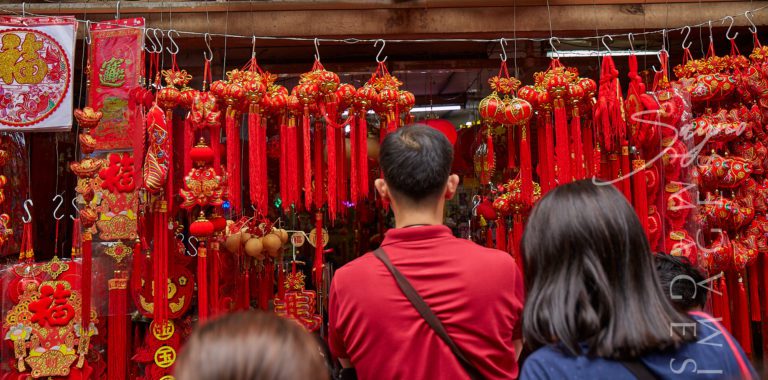
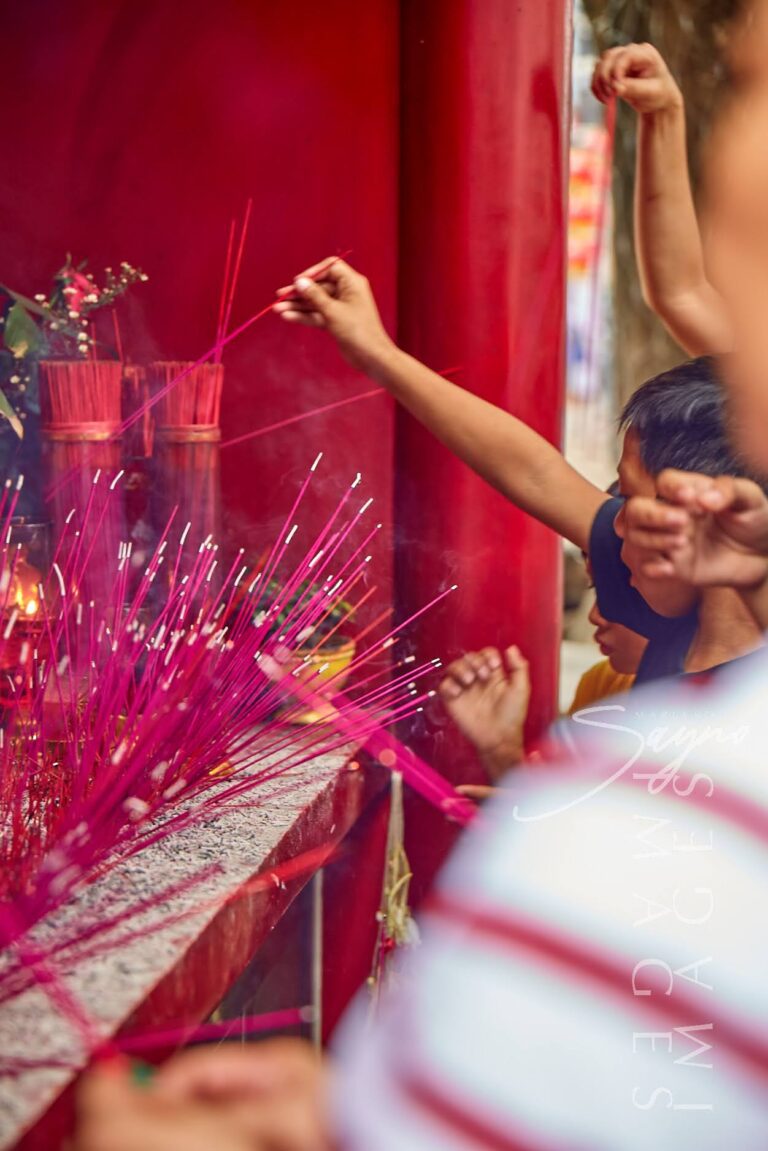
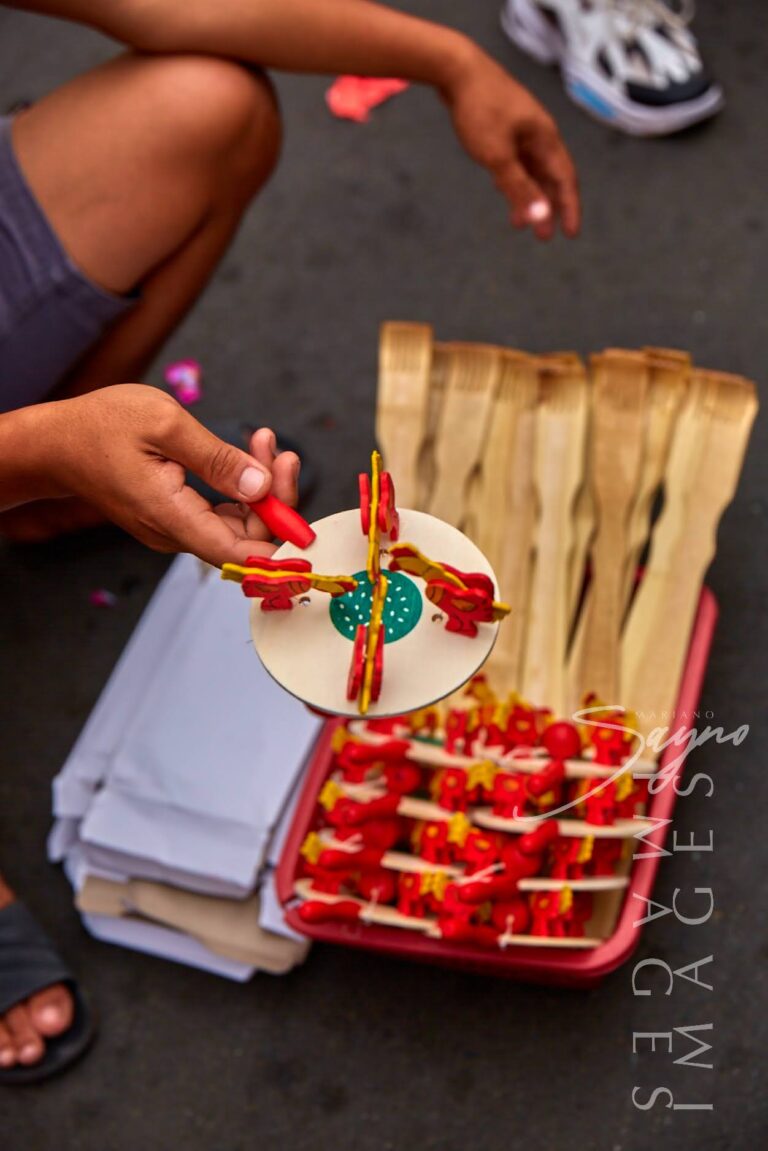
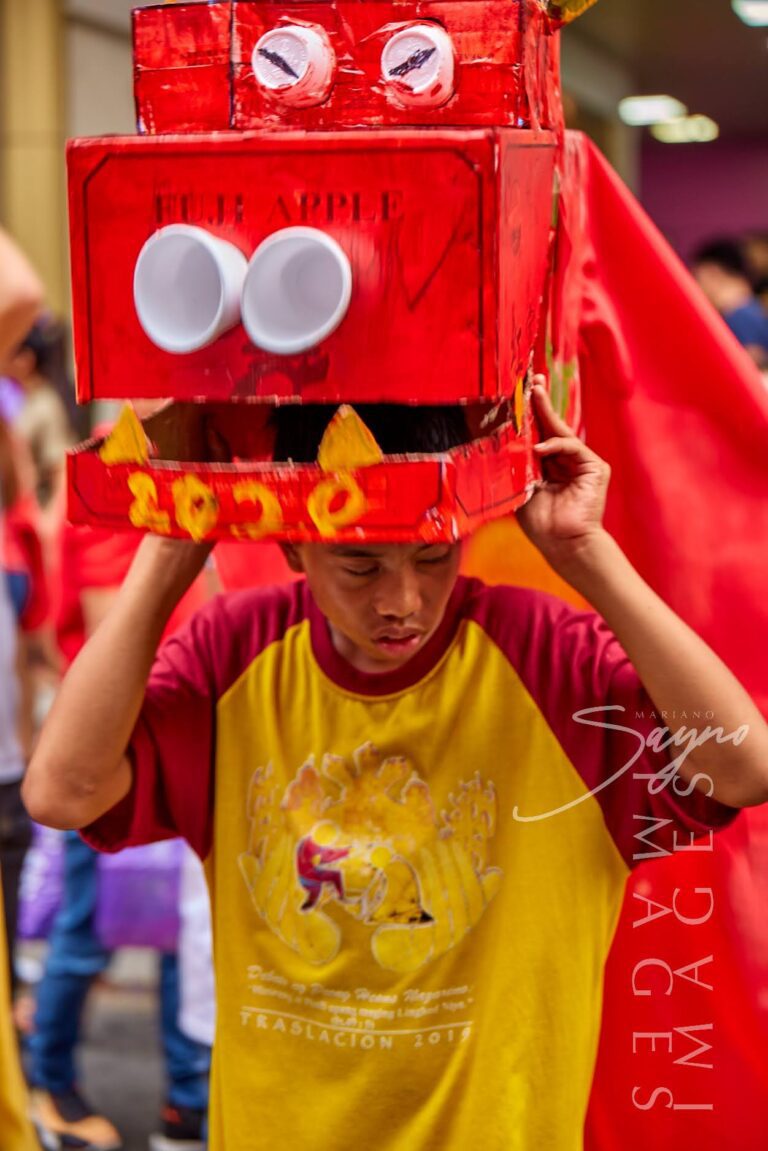

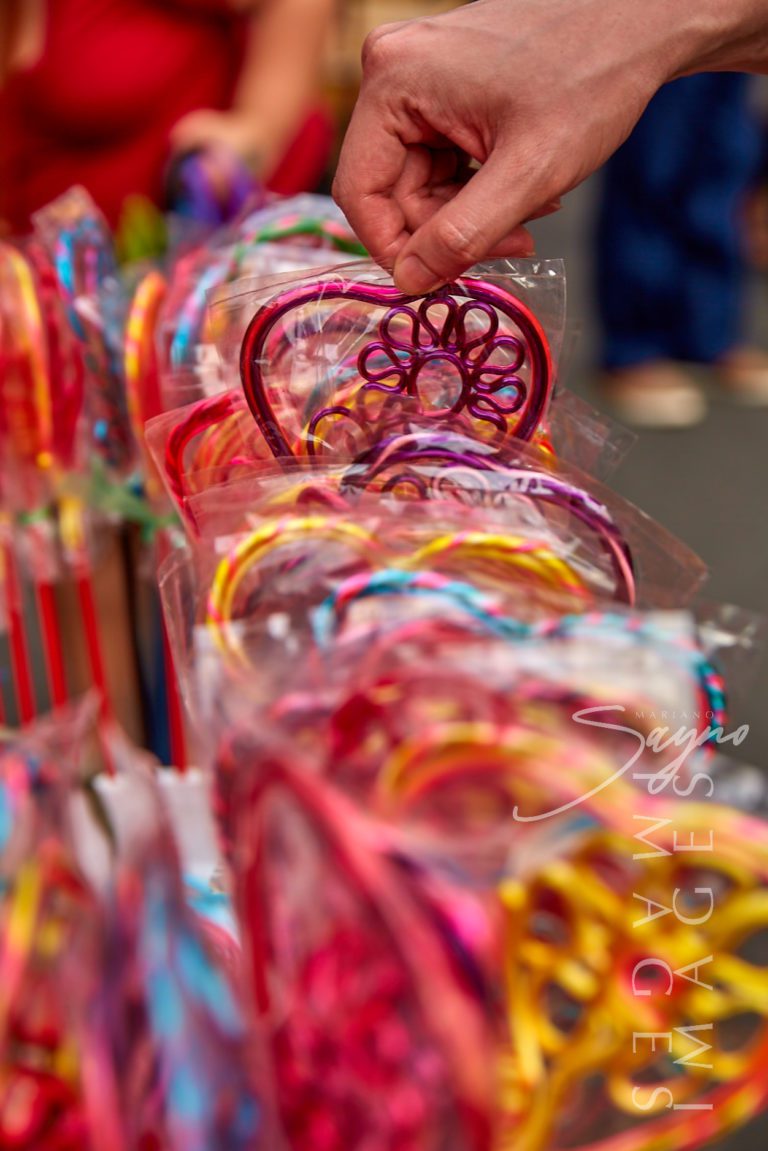
ABOVE: During the Chinese New Year, vibrant lucky charm stalls burst with colorful lanterns, inviting shoppers seeking good fortune and prosperity. These lanterns symbolize the light that guides us to luck while warding off evil spirits.
ABOVE: During the Chinese New Year, vibrant lucky charm stalls burst with colorful lanterns, inviting shoppers seeking good fortune and prosperity. These lanterns symbolize the light that guides us to luck while warding off evil spirits.
Escólta, one of Manila’s oldest streets, was established in 1594 and derives its name from the Spanish word “escoltar,” meaning “to escort.” This historic street became a bustling commercial artery, attracting immigrant merchants, particularly from Fujian, China, who were eager to capitalize on the opportunities presented by the Manila-Acapulco Galleon trade.
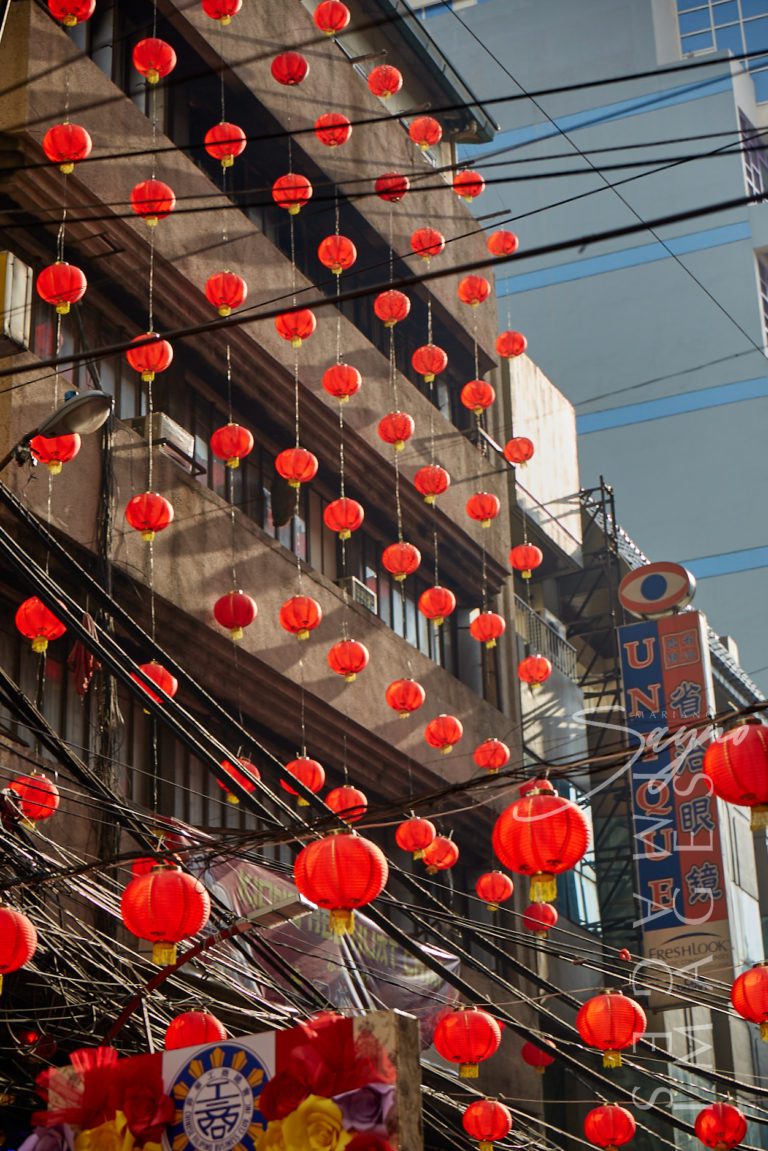
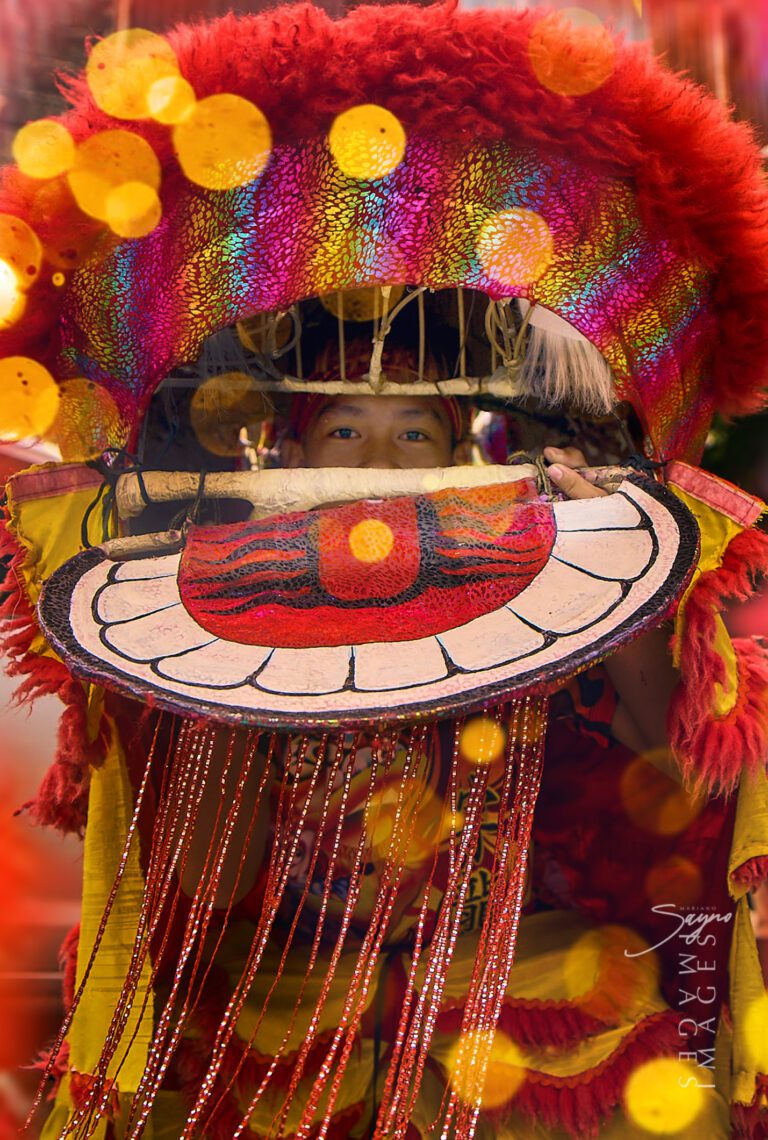
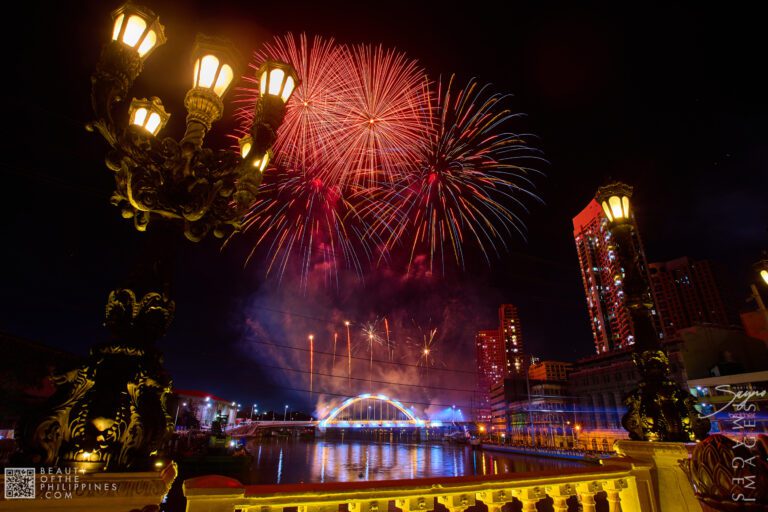
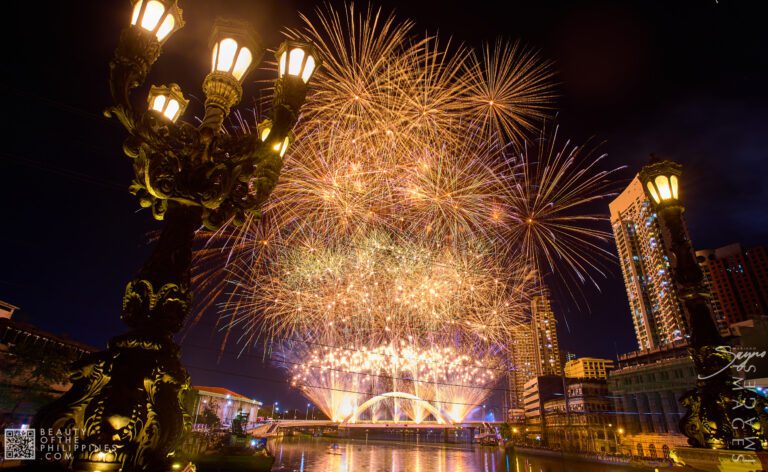
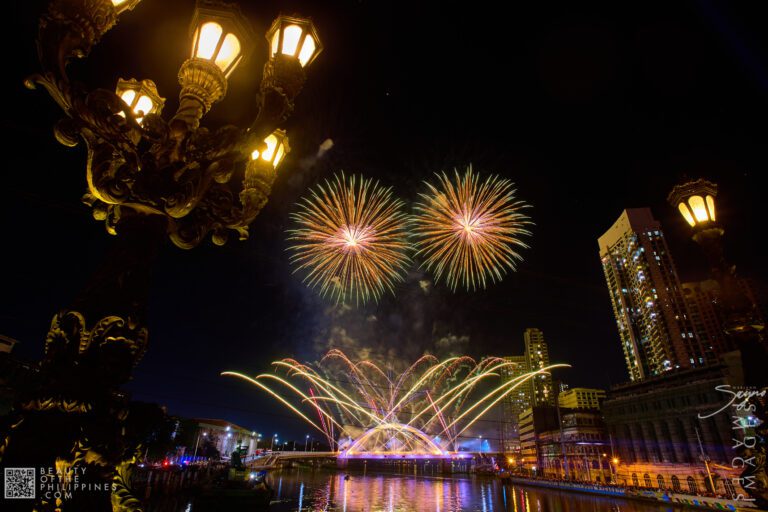
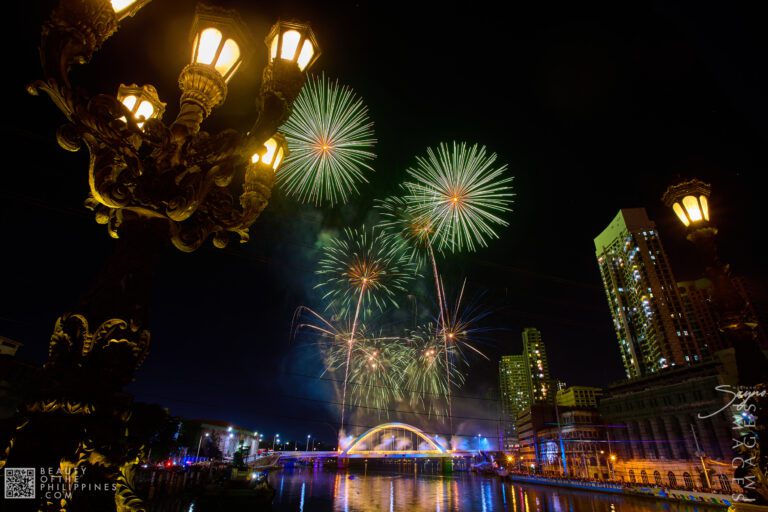
By the late 19th century, Escólta had evolved into a fashionable business district, lined with shops and boutiques that offered a wide range of imported goods from China, Europe, and Latin America, arriving through the nearby port of San Nicolas. The street was home to the city’s tallest buildings and the Manila Stock Exchange, and it boasted modern department stores and an electric tram line known as the tranvía. However, Escólta’s prominence began to decline in the 1960s as business activities shifted to Makati.
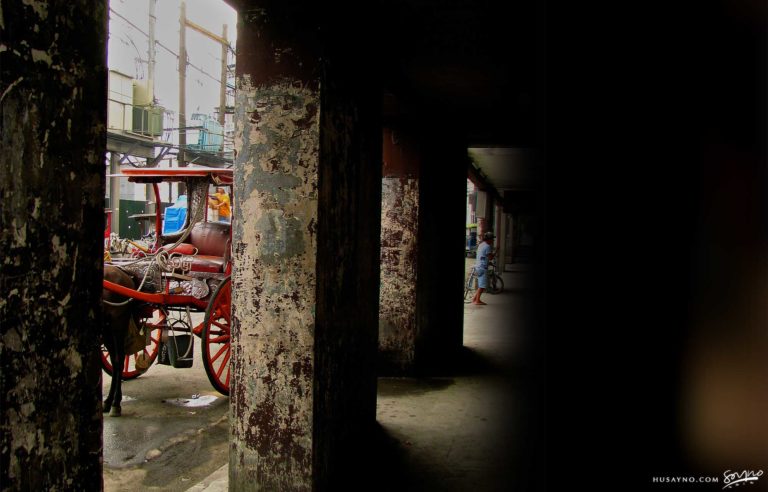
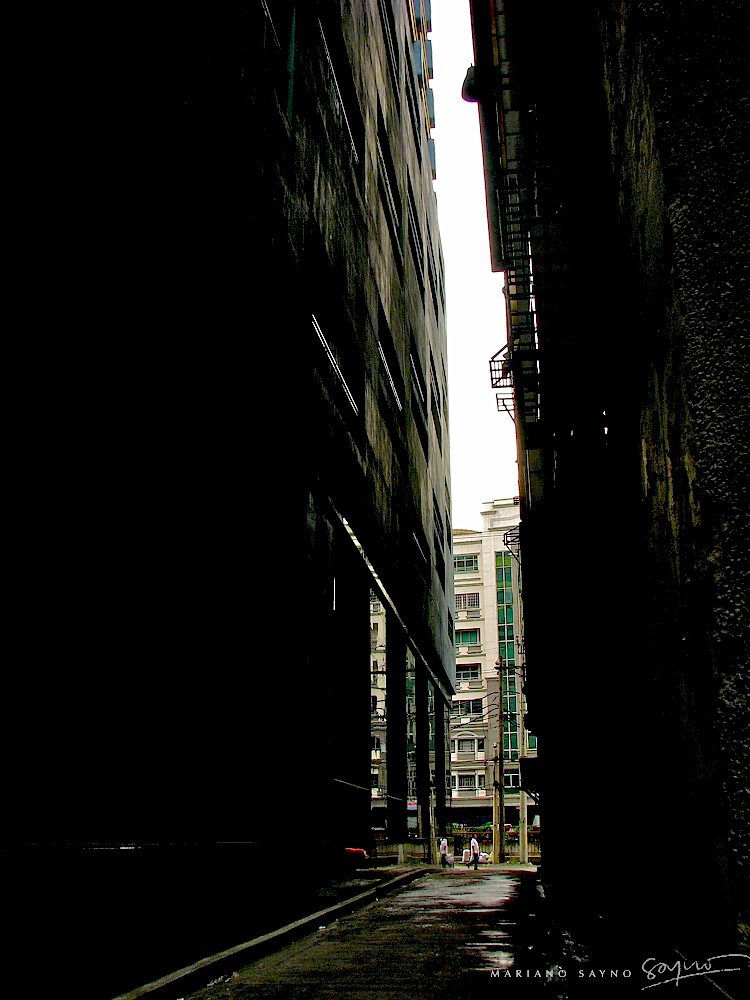
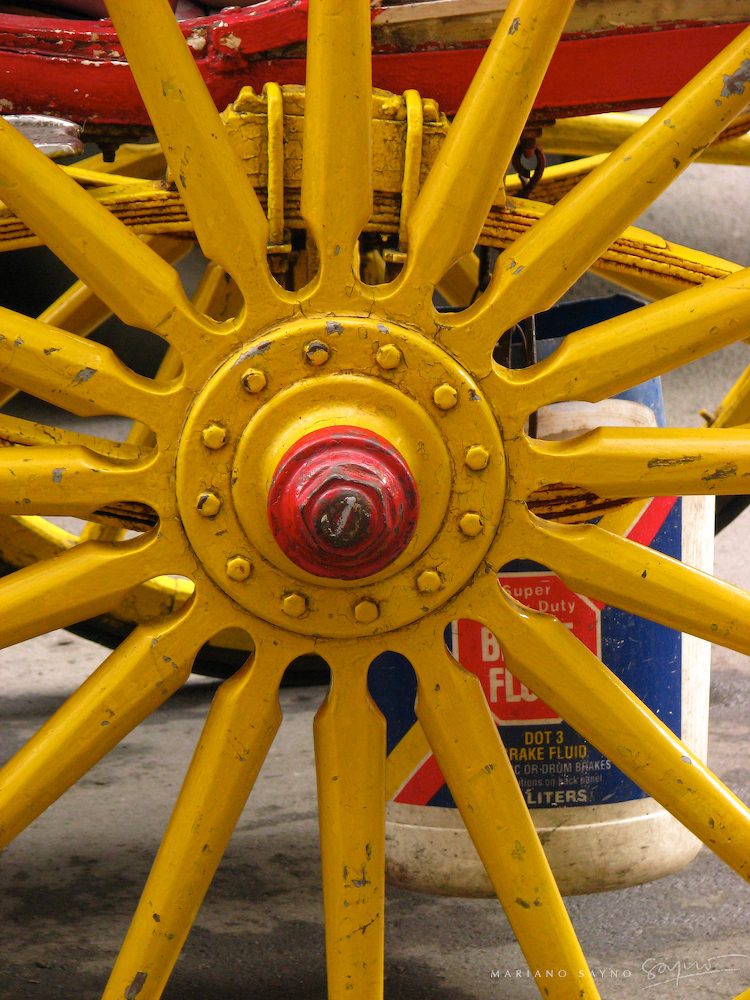
RELATED STORIES

Nestled at the crossroads of Las Piñas in Metro Manila and Bacoor in Cavite, the Zapote Bridge stands as a silent yet powerful witness to
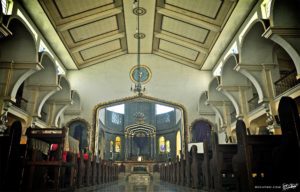
The Polo Church, formally known as the San Diego de Alcala Church, resides in the Polo neighborhood of Valenzuela, Manila. This church has a captivating

The University of the Philippines Diliman (UP Diliman) is more than just the country’s premier academic institution—it is a historical, cultural, and natural destination worth
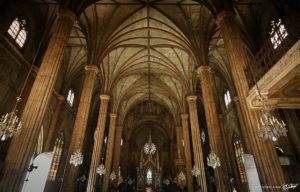
San Sebastian Church is a Roman Catholic Minor Basilica located in Quiapo, Manila. It’s also known as Minor Basilica of San Sebastian or San Sebastian
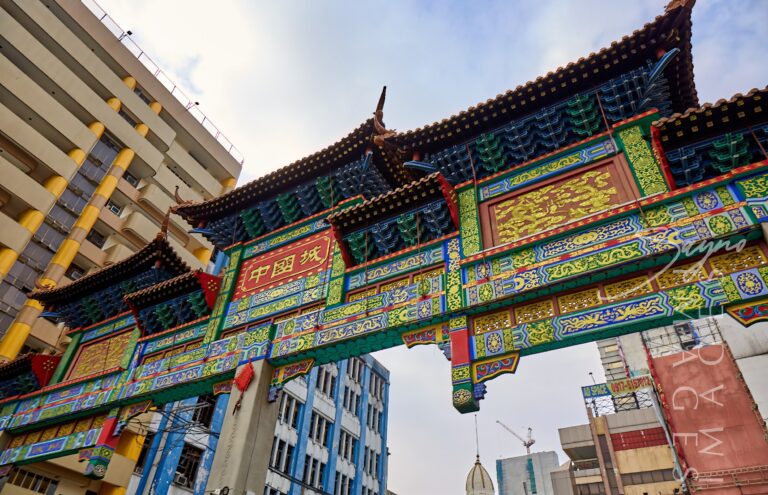
ABOVE: The Binondo Chinatown Arch, a grand and intricately designed gateway, stands as a proud symbol of Binondo’s rich cultural heritage, marking the entrance to the world’s oldest Chinatown in Manila.
ABOVE: The Binondo Chinatown Arch, a grand and intricately designed gateway, stands as a proud symbol of Binondo’s rich cultural heritage, marking the entrance to the world’s oldest Chinatown in Manila.
Among Binondo’s significant landmarks is the Binondo Church, officially known as the Minor Basilica and National Shrine of Saint Lorenzo Ruiz, and also as Our Lady of the Most Holy Rosary Parish. Founded by Dominican priests in 1596 to serve their Chinese converts, the church has a storied history. The original structure was destroyed in 1762 by British bombardment, and a new granite church was completed on the same site in 1852. However, it was severely damaged during World War II, leaving only the western façade and the octagonal belfry intact.


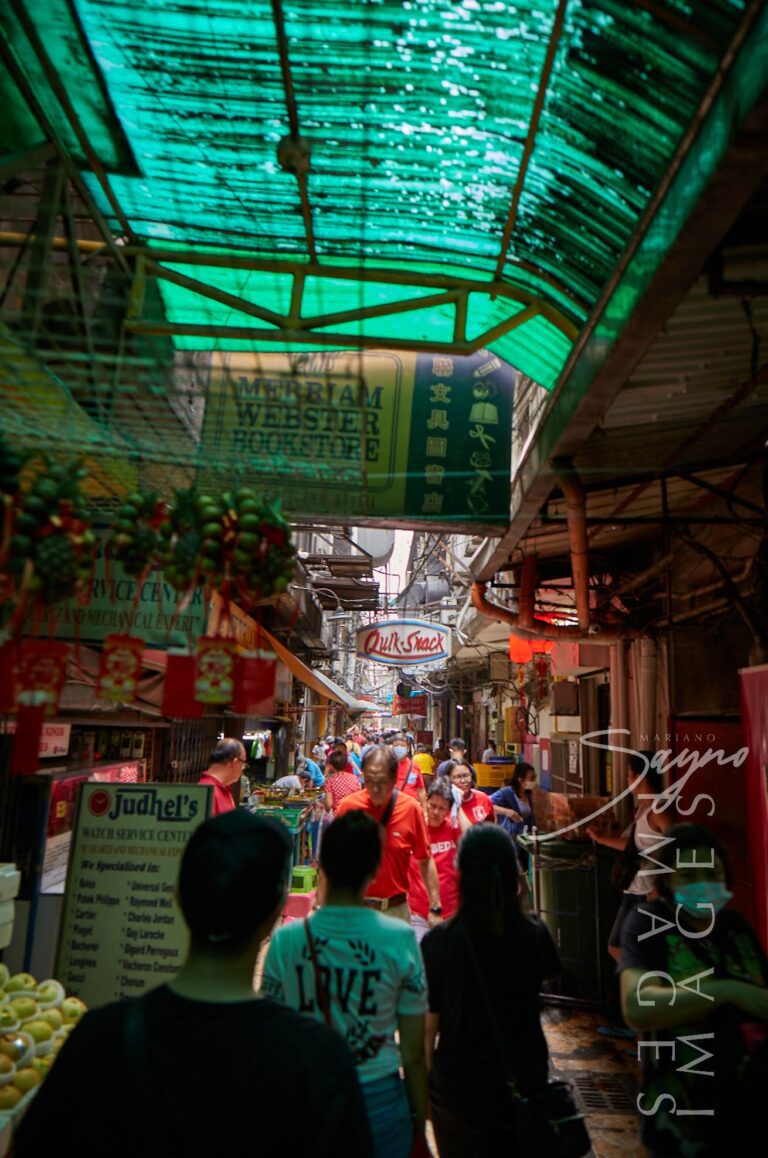
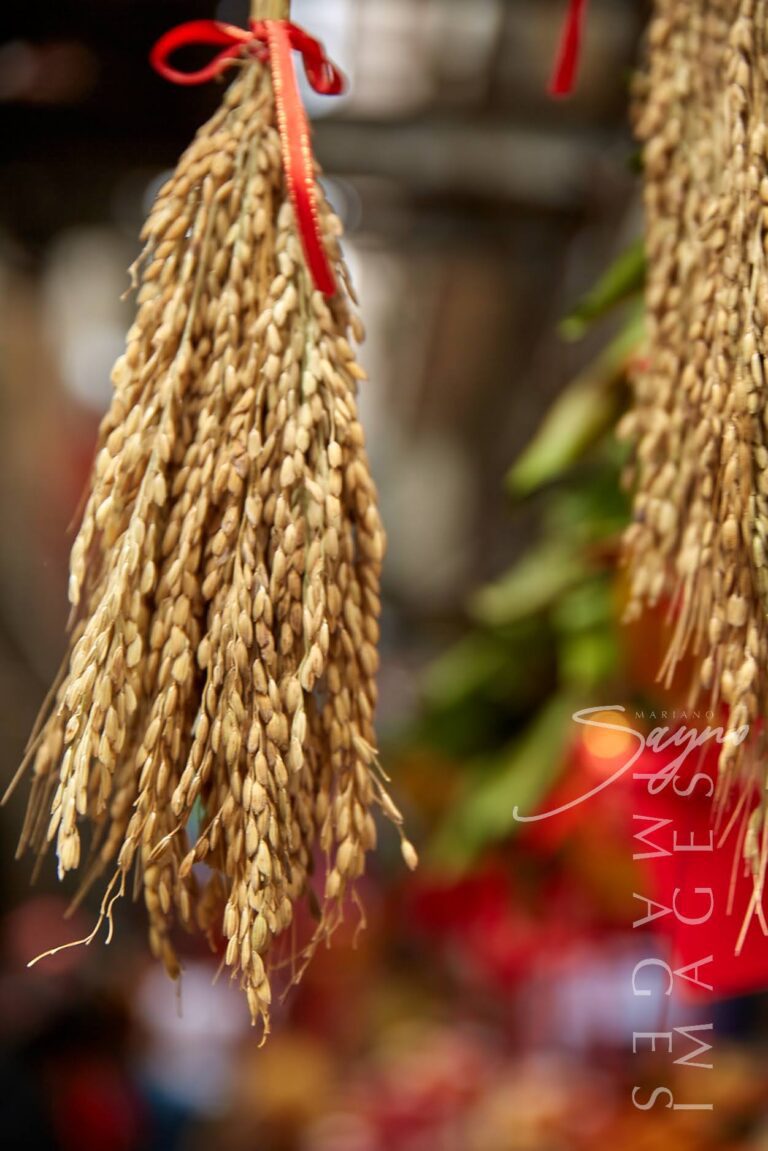
Fronting the Binondo Church is Plaza Lorenzo Ruiz, also known as Plaza Calderón de la Barca, a prominent public square in the district. Positioned between Quintin Paredes Street (formerly Calle Rosario) and Juan Luna Street (formerly Calle Anloague), the plaza runs parallel to the Estero de Binondo and serves as the central focal point of the area. Originally named Plaza de Binondo, it was later renamed Plaza Carlos IV in honor of Charles IV of Spain. The name was eventually changed to Plaza Calderón de la Barca, likely inspired by the Dominican friars who managed the church and admired the Spanish playwright Calderón. On September 12, 1981, the square was officially renamed in honor of Lorenzo Ruiz, a martyr of Japan and the first Filipino saint, reflecting its deep cultural and historical significance.
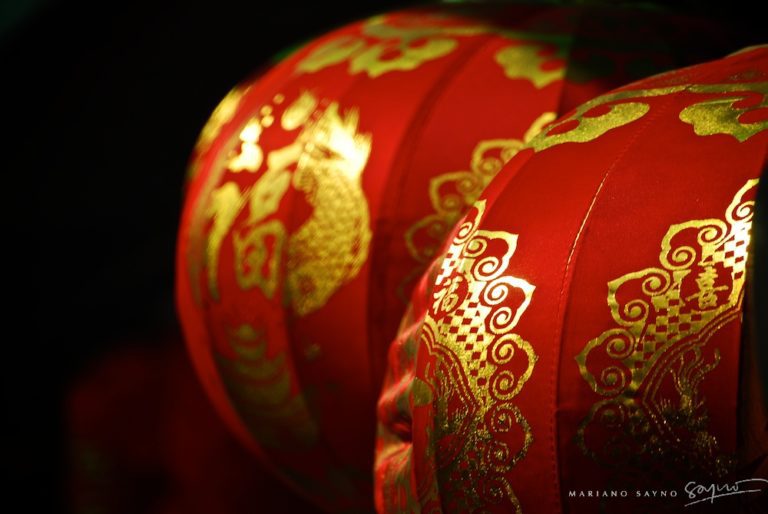
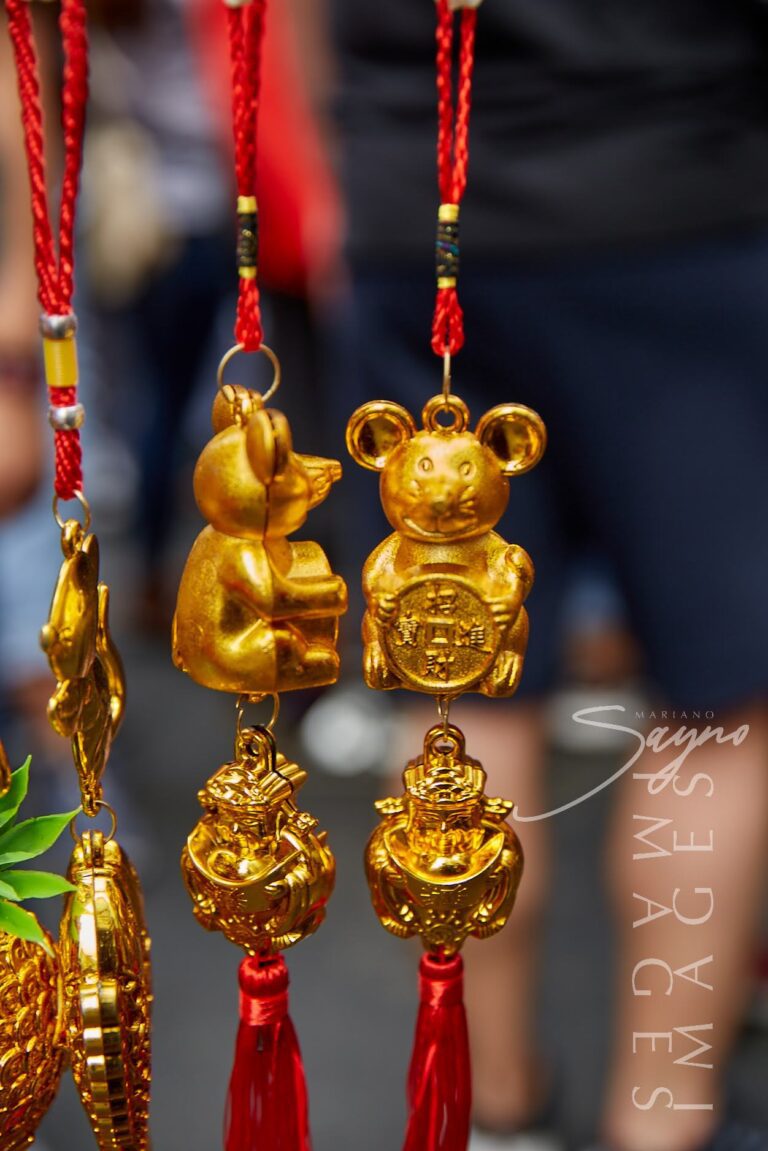

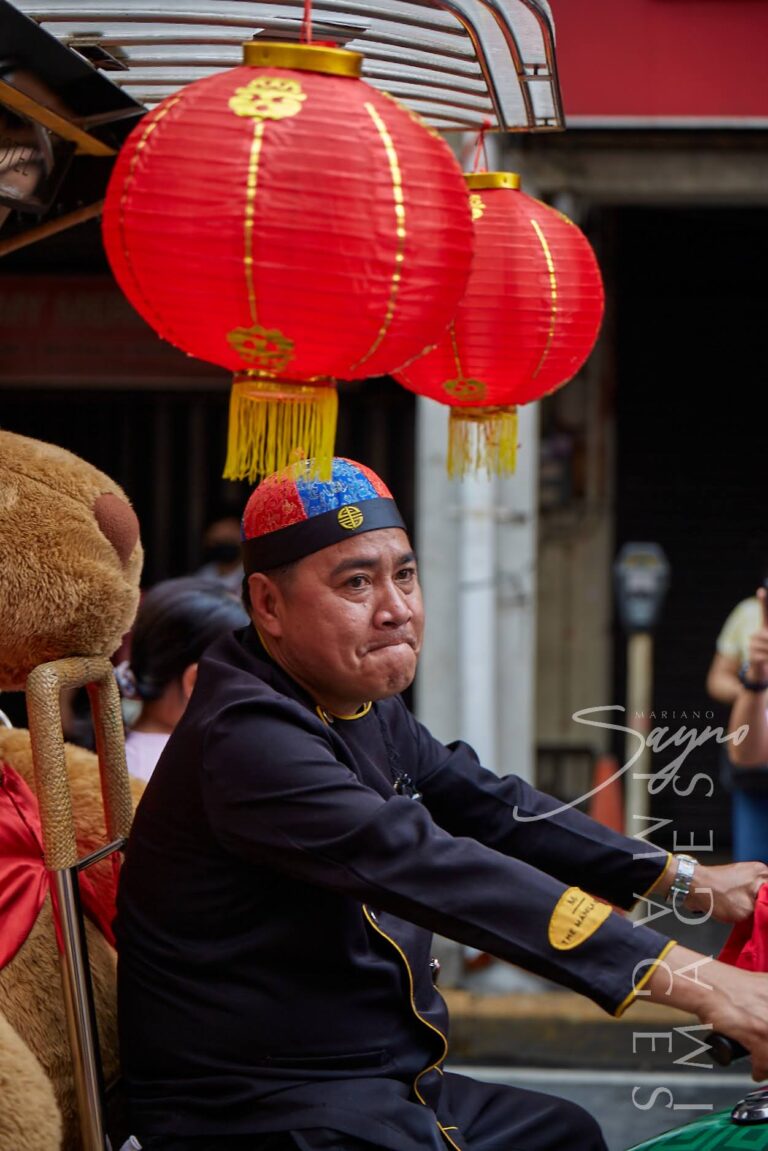
ABOVE: Binondo lights up with red lanterns, lucky charm stalls, and the irresistible aroma of traditional Chinese dishes. Dragon and lion dancers bring energy to the streets, filling the air with hopes for good fortune in the new year.
ABOVE: Binondo lights up with red lanterns, lucky charm stalls, and the irresistible aroma of traditional Chinese dishes. Dragon and lion dancers bring energy to the streets, filling the air with hopes for good fortune in the new year.
Today, Binondo remains a vibrant district, particularly known for Ongpin Street. This area is celebrated for its diverse array of Chinese vendor establishments, tea houses, and restaurants offering authentic dim sum and Chinese cuisine. Ongpin Street has become a gastronomic and cultural hotspot, attracting both locals and tourists.
The district is particularly famous for its Binondo Food Crawl, a popular activity where visitors explore the many culinary offerings along Ongpin Street. This food tour highlights the rich flavors and traditions of Chinese cuisine, making Binondo a must-visit destination for food enthusiasts and cultural explorers alike.
I’m looking forward to the stories and images leaving a lasting positive impression on you, just as they have on me. Stay connected with us on social media for a weekly exploration of travel assignments and breathtaking visuals. Our focus is on championing local tourism, showcasing small businesses, and honoring the magnificence of the Philippines through the content we curate. Join us in spreading the word by clicking the ‘share’ buttons below. Your support means the world to us.
EXPLORE MORE about
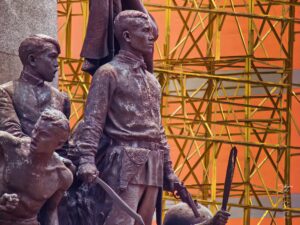
The Bonifacio Monument, also called Bonifacio Monumento or Monumento, proudly stands in Caloocan City, Metro Manila. It is a powerful symbol created by the National
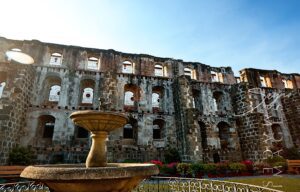
Located within the historic district of Intramuros, Manila, Padre Blanco Gardens—also known as Father Blanco’s Garden—offers a charming and romantic retreat amid centuries-old architecture. This
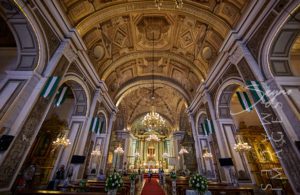
Known as one of the most important baroque churches in the Philippines and as one of the only four baroque churches in the Philippines that
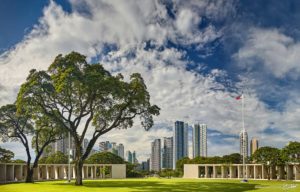
Manila American Cemetery and Memorial is located in the heart of Taguig City on the lands of Fort Bonifacio and serves as the largest grave

The University of the Philippines Diliman (UP Diliman) is more than just the country’s premier academic institution—it is a historical, cultural, and natural destination worth
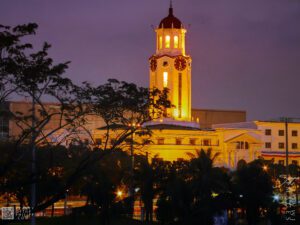
Nestled in the historic district of Ermita, Manila City Hall is more than just the seat of the city’s government—it’s a testament to the rich
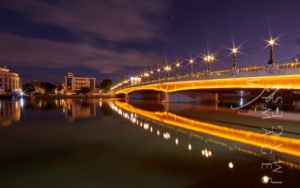
The newly restored Jones Bridge is easily recognizable by its beautifully designed black lamp posts—the same ones that were there when the bridge was first
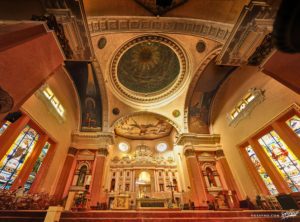
The Binondo Church is a historic church in Manila, located in the District of Binondo, near the Plaza San Lorenzo Ruiz. It was previously called
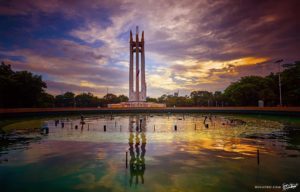
One of Quezon City’s main parks is the Quezon Memorial Circle, which is located in Quezon City and is surrounded by an elliptical road, making

Nestled in the heart of Quezon City, La Mesa Ecopark stands as a serene sanctuary, offering both a retreat for nature lovers and an educational
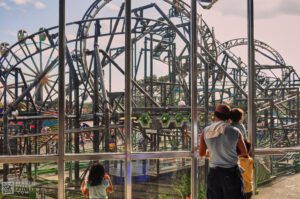
Nestled in the heart of Pasay City within the Cultural Center of the Philippines Complex, Star City stands as one of the premier amusement parks
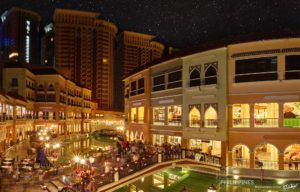
Located in the heart of the Taguig City, the Venice Grand Canal is a lifestyle mall development under the Megaworld Lifestyle Malls Located inside the
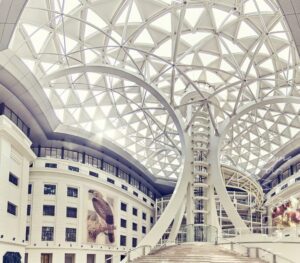
Explore the vibrant tapestry of Manila through its four national museums, each a unique gem in the city’s cultural crown. These four distinguished establishments are

Nestled at the crossroads of Las Piñas in Metro Manila and Bacoor in Cavite, the Zapote Bridge stands as a silent yet powerful witness to

As the nation’s first ever world-class marine theme park, Manila Ocean Park is located in Ermita Manila, within the Philippines’ largest urban resort/aqua-themed hotel complex
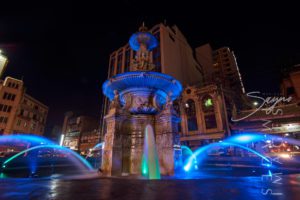
If you’re ever wandering through the lively streets of Manila, one of the city’s must-see spots is the iconic Carriedo Fountain. Nestled in the heart
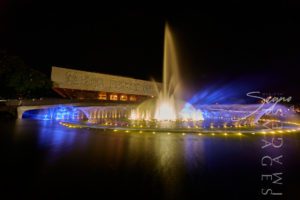
The Cultural Center of the Philippines or CCP was founded in 1966 under the directive of former President Ferdinand Marcos, in order to reinforce and
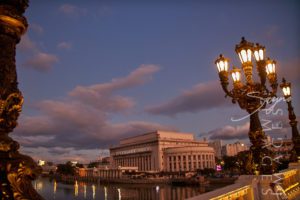
The Manila Post Office, officially known as the Manila Central Post Office, is a distinguished example of neoclassical architecture, originally designed by Juan M. Arellano,
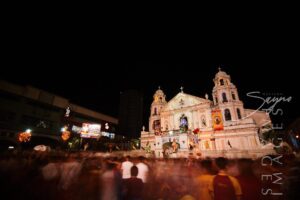
Quiapo, Manila, is home to the historic Quiapo Church, officially known as the Minor Basilica and National Shrine of the Black Nazarene. This revered religious
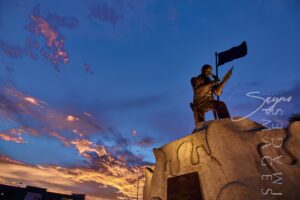
The Andres Bonifacio Birthplace Monument in Tutuban, Divisoria stands as a powerful symbol of Filipino patriotism and a tribute to the courage and leadership of Andres
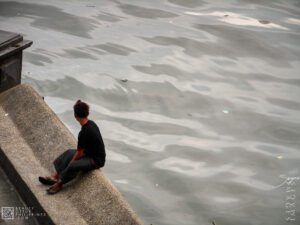
Quezon Bridge, a striking steel arch bridge spanning the Pasig River, is more than just a vital transportation link—it is a historical icon of Manila.
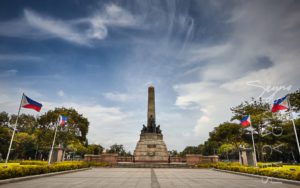
Located along Roxas Boulevard, Manila and adjacent to the century-old walled city of Intramuros, the Luneta National Park, or “Luneta” as many refer to it,
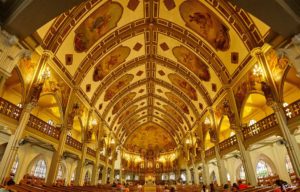
The Manila Abbey San Beda, or formally known as Abbey of Our Lady of Montserrat, is a Benedictine men’s monastery located along the streets of
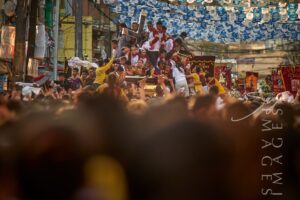
The Nazareno Festival, or the Feast of the Black Nazarene, is one of the most spectacular and deeply moving religious events in the Philippines. Held
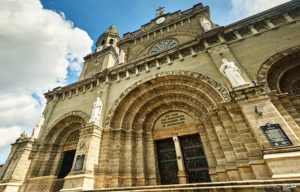
Originally built in 1880, the Manila Cathedral is the current version of the longstanding Church of Manila. It is a masterpiece of architecture that was
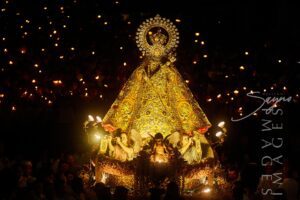
Every October, the vibrant streets of Quezon City come alive with faith, devotion, and rich cultural traditions during the Feast of La Naval de Manila.
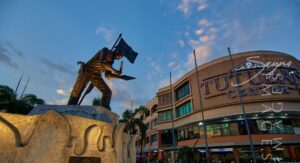
Situated in the heart of Manila, Tutuban Center is more than just a shopping destination—it’s a vibrant mix of history, commerce, and culture that draws
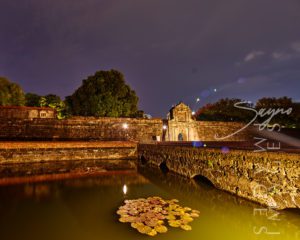
It is also known as the Walled City, and during the Spanish Colonial Period it was synonymous with the city of Manila. Intramuros was also
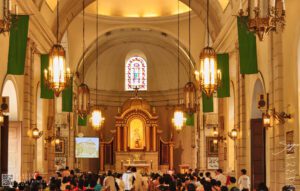
Malate Church stands as a profound symbol of faith, resilience, and artistry, preserving its sacred role and architectural splendor through centuries of triumphs and trials.
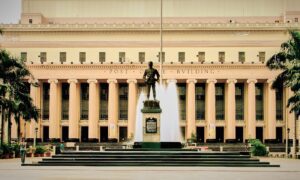
Nestled in the heart of Manila, Liwasang Bonifacio is a place where history, culture, and modern urban life converge. Formerly known as Plaza Lawton, this
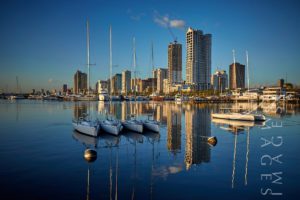
It is considered to be one of the world’s great harbors, the Manila Bay, and it serves as the Port of Manila, Philippines. Having once
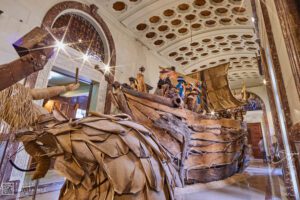
The National Museum of Anthropology, located in the heart of Manila within the National Museum Complex, is a must-visit destination for travelers eager to explore
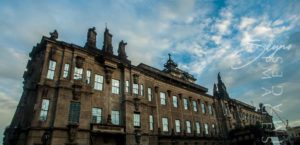
UST, also known as the University of Santo Tomas, is a private Roman Catholic university located in Sampaloc, Manila. It was founded on 28 April
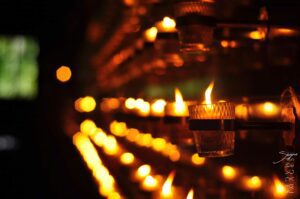
The Padre Pio Chapel, also known as the St. Pio of Pietrelcina Chapel, holds a special place in my heart as a photographer. It revealed
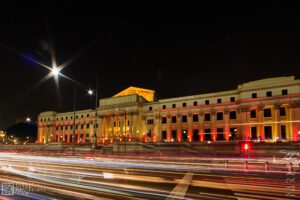
Manila, the vibrant capital of the Philippines, is home to a wealth of cultural and historical landmarks, and among its crown jewels is the National
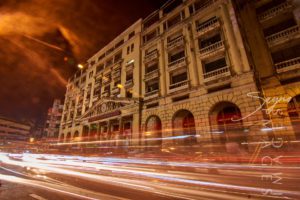
I experienced the vibrant and colorful life of downtown in full. I took some time to appreciate the beauty of Santa Cruz Church and Plaza

It is the home of the popular Asian elephant, Mali, as well as 90 other species. As well as being a landmark in Manila, the
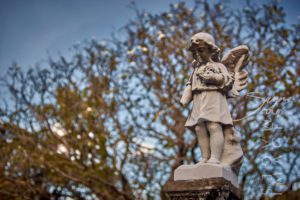
As one of the oldest cemeteries in Manila, Campo Santo De La Loma, commonly referred to as the La Loma Cemetery, is one of the
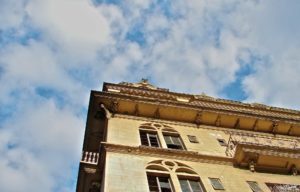
It is always a surprise for buildings, parks and houses to survive such wars as it is almost inevitable that everything will be brought down

The Polo Church, formally known as the San Diego de Alcala Church, resides in the Polo neighborhood of Valenzuela, Manila. This church has a captivating
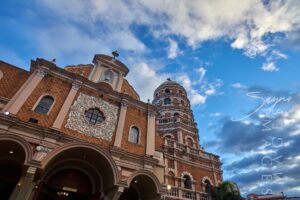
If you’re wandering through the heart of Manila and looking for a place where stories linger and time seems to slow down, Santa Cruz Church

San Sebastian Church is a Roman Catholic Minor Basilica located in Quiapo, Manila. It’s also known as Minor Basilica of San Sebastian or San Sebastian
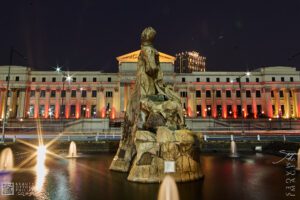
The Gomburza National Monument, located in front of the National Museum of Fine Arts along Padre Burgos Avenue in Manila, stands as a solemn tribute
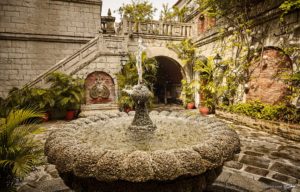
Casa Manila, located in the heart of Intramuros, Manila, is a living museum that transports visitors to the grandeur of the Spanish colonial era. As
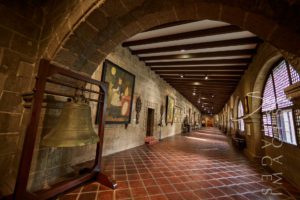
The San Agustin Museum is located adjacent to the UNESCO World Heritage Site, San Agustin Church. It is located in Intramuros—the walled city of Manila—and
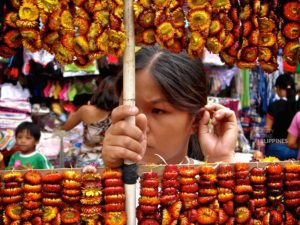
Plaza Miranda is a public square bounded by Quezon Boulevard, Hidalgo Street and Evangelista Street in Quiapo, Manila. It is the plaza which fronts the
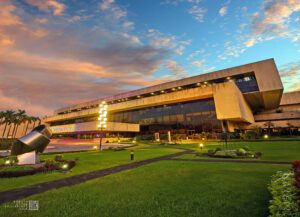
The Philippine International Convention Center (PICC) stands as a monument to the Philippines’ ambition to be a key player on the global stage. With its
BROWSE BY CATEGORIES